[pp 41-45] The Festival in the Desert and the advance of Islamism in the north
After the Tamanrasset accords of January 6th 1991 that put an end to the rebellion, many Touareg musicians began to ‘resurface’ and reintegrate into normal civilian life. Members of Tinariwen who had taken part in the fighting found themselves in Bamako or Kidal, playing music, hanging out, doing what they could to earn a living and survive.
Manny Ansar was Tinariwen’s manager at the time. He remembers a whole group of Touareg musicians, ex-rebel leaders and ishumar who spent time together, in each other’s houses, out in the bush or, if they were in Bamako, out along the banks of the Niger, where it was quiet and the nature and solitude reminded them of home. ‘Ishumar’ is a Tamashek adaptation of the French word ‘chomeur’ – the collective noun for the young Touareg men who left their homes in Mali and Niger in the 1970s and 1980s thanks to drought and lack of opportunity to find work in Algeria, Libya, Burkina Faso and beyond. It was these men who became the foot soldiers of the rebellions of 1990.
Life in the early 1990s was convivial. There was music. Women felt free to come and go. Some people smoked cigarettes and drank alcohol. The bonds between those young Touareg, their music and their culture seemed strong and unbreakable.
No one quite knows why some senior Touareg figures from the northeast, including Iyad Ag Ghali, began to succumb to the message of Pakistani preachers belonging to Tablighi Jama’at. Perhaps it was due to a general disillusion with the nationalist cause, fuelled by the bitter in fighting and recrimination between different Tamashek tribes and clans that followed the Tamanrasset Accords of 1991 and the National Pact of 1994. Perhaps they were sick of petty politics and yearned for something loftier, purer, and more holy. Perhaps the very notion of dividing up Muslims into nation states seemed suddenly ungodly. The Wahabi have always preached that national boundaries are a Western imposition, designed to divide and weaken the Islamic umma, which should by rights exist in one borderless and divinely ruled polity.
“The Pakistani Salafists came through Bamako,” Manny remembers. “People saw them with their beards and their white robes. They were nice people. Then they went up to Kidal and that’s where certain Touareg leaders came into contact with them.” It is hard to establish the precise date when all this happened, perhaps sometime in 1995 or just afterwards.
Manny remembers that everything happened very slowly and gradually. “There was a kind of psychological preparation, done in a really friendly way,” he says. “Then certain friends started to distance themselves bit by bit from our circle, people who had liked partying and beautiful women. They were still friends and we would still meet and talk about the situation of the country and the Touareg, but one felt that they were drifting away. They started to disapprove of my lifestyle, the travelling, my friendships with Westerners, the festivals, musicians, alcohol, the life of pleasure. They still had respect, esteem, even friendship towards me but my lifestyle didn’t suit them any more. They left very gently.”
When they came back from their trips to Pakistan and Mecca, the dedication of these daw’ah devotees deepened. “They were really like monks,” Manny remembers, “dressed in white, very simple, eating the minimum, praying all the time, unconcerned about life’s problems except spreading messages of peace, togetherness and, of course, God. The first thing that shocked us is that they asked their wives not to shake hands with men any more. Suddenly you would stop seeing their women at all. They would stay in another room where they entertained their women friends.”
Meanwhile, Manny had helped to launch the Festival in the Desert in January 2001 at Tin Essako, a tiny little village to the east of Kidal. The festival was born thanks to an immense team effort involving Manny and his EFES association, Tinariwen, the French group Lo’Jo and various other French and Malian funders and supporters. The only threat felt during that first edition was that of petty criminality and banditry. The year before some Dutch tourists had been attacked and murdered up near Tessalit, north of Kidal. On the way up to the festival itself, the truck transporting a small PA system that had been flown in from France was stopped by armed bandits. It took the verbal skill and courage of Kheddou Ag Ossade, one of the core members of Tinariwen who later went on to form the group Terakaft, to dissuade the muggers from taking the equipment and ruining the festival.
A smaller event took place a year later in Tessalit, but it was the third Festival in the Desert in January 2003, and the first in the silky white dunes of Essakane which were to become the festival’s permanent home, that really established the event’s worldwide reputation. The number of visitors, both local and international, had tripled or even quadrupled. Well- known names like Robert Plant were present. The stage looked like a proper stage. The sound was of the same professional standard as a festival in Europe. The festival had ‘arrived’.
And still no sign of any Islamists. A month after that 2003 edition of the festival, the GSPC kidnapped 32 European hostages in the Tassili region of southern Algeria, between Illizi and Djanet. It was the first major crisis involving the kidnapping of Western tourists that the Sahara had ever known. Fifteen of the hostages were sent down into Mali, where they were held prisoner while the chief of the GSPC cell, Amari Saïfi aka Abderrazak El Para, negotiated a ransom with the Malian, Swiss and German governments. A team of northern ‘notables’, including Iyad Ag Ghali and Ibrahim Ag Bahanga, were sent to speak to El Para and his men. Links were forged and promises were made then that led eventually through many a twist and turn to the Islamist takeover of 2012.
Taken from the book Music, Culture & Conflict in Mali by Andy Morgan (Freemuse Publications)
(c) Andy Morgan / Freemuse Publications 2013

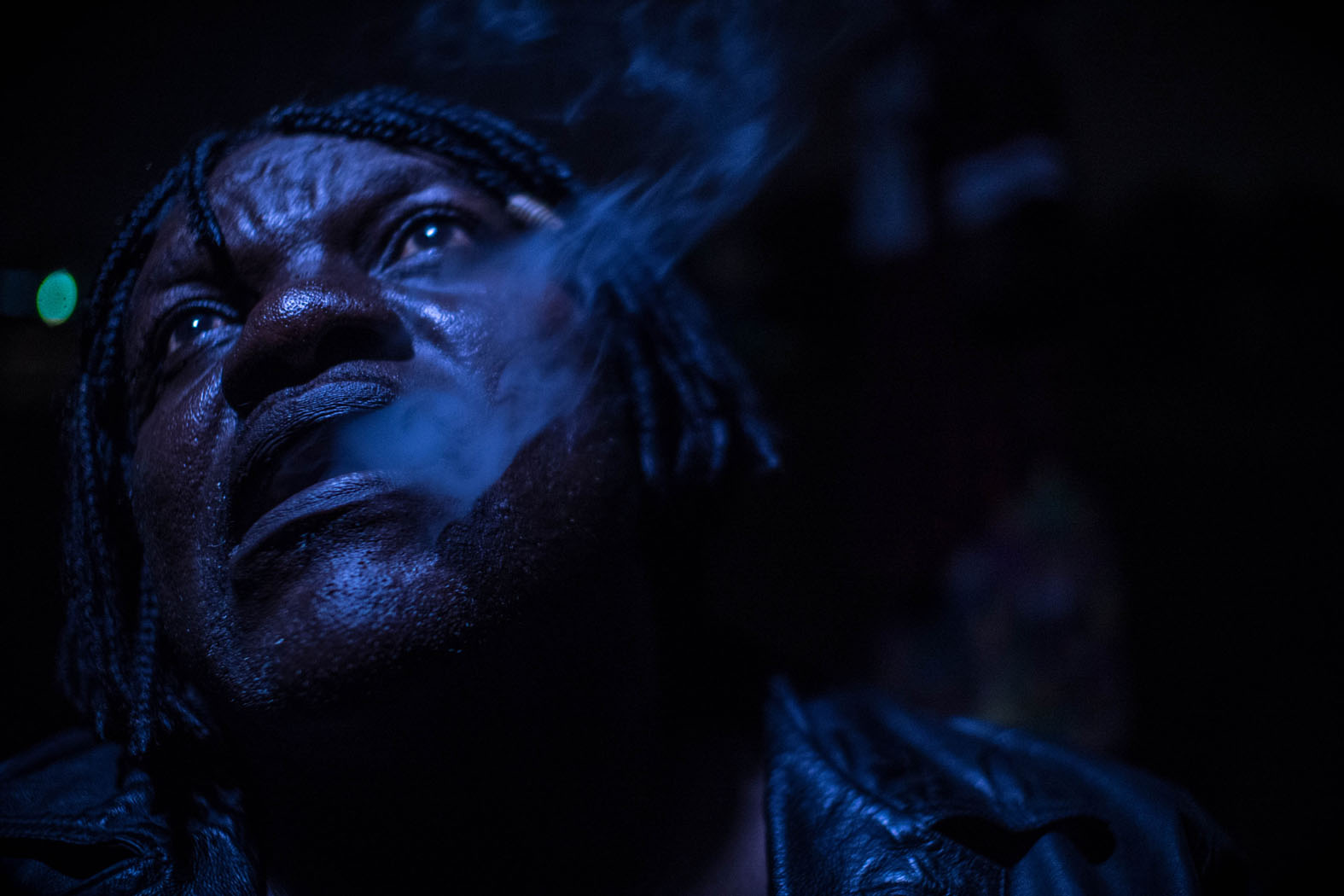
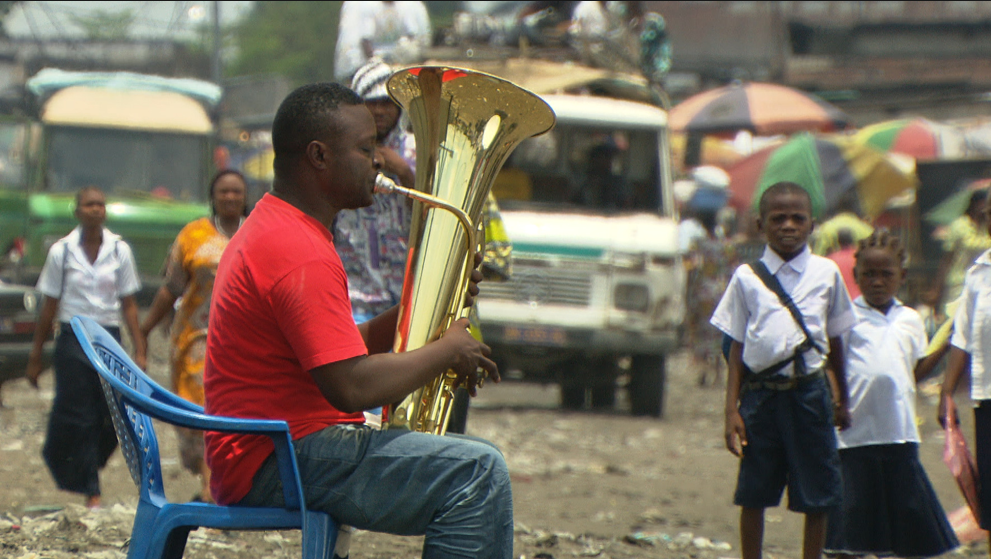

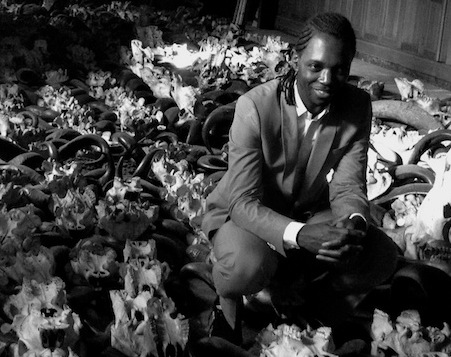
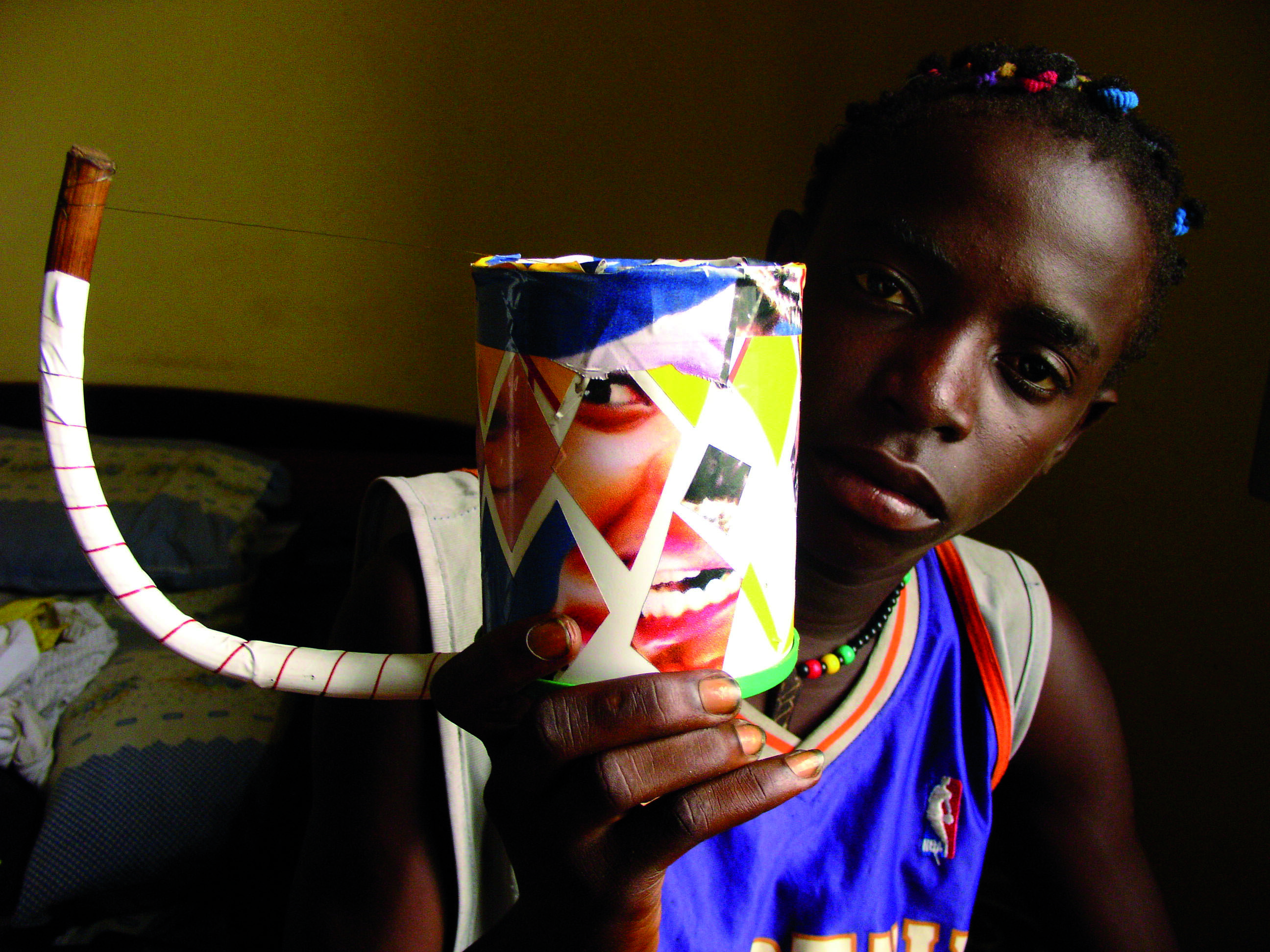
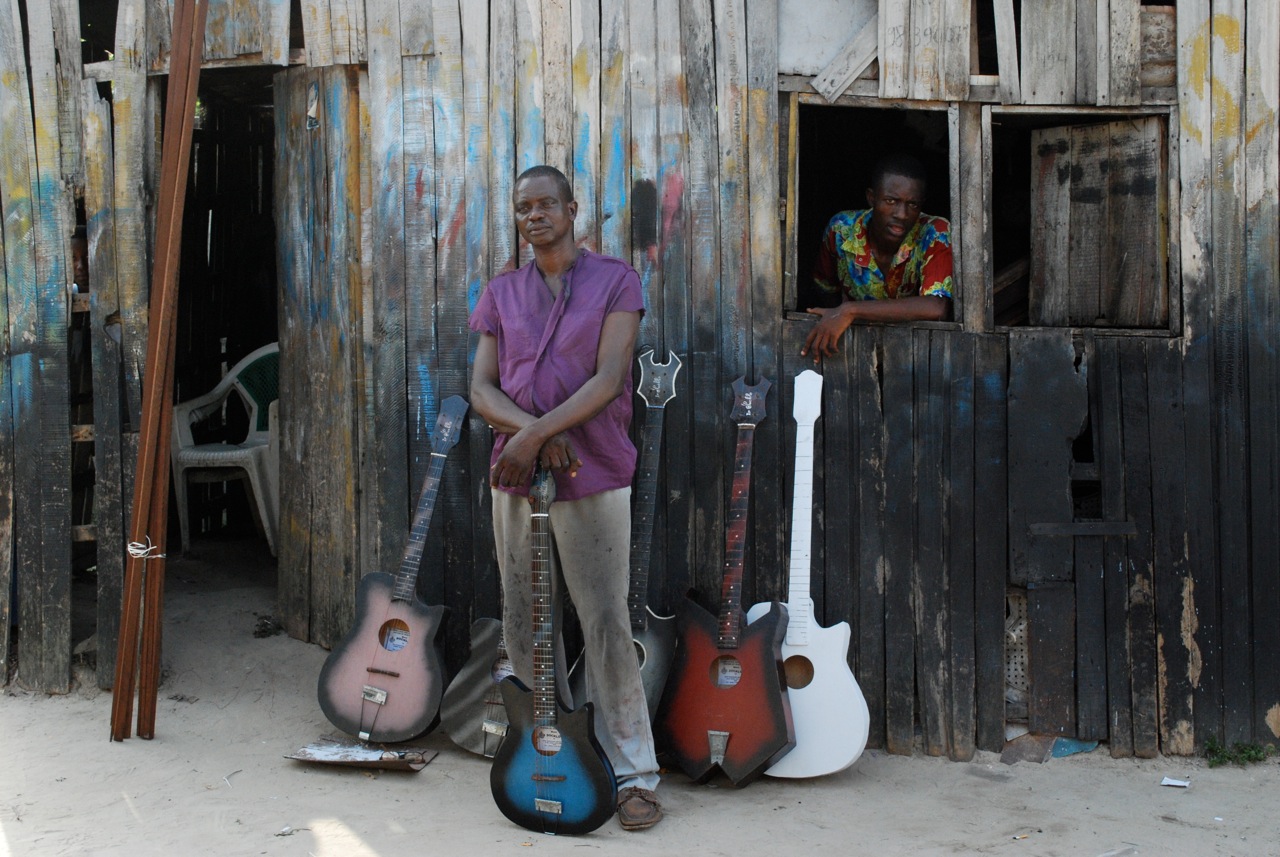
2 comments for “MUSIC, CULTURE & CONFLICT IN MALI (extract) – Music in the red zone”